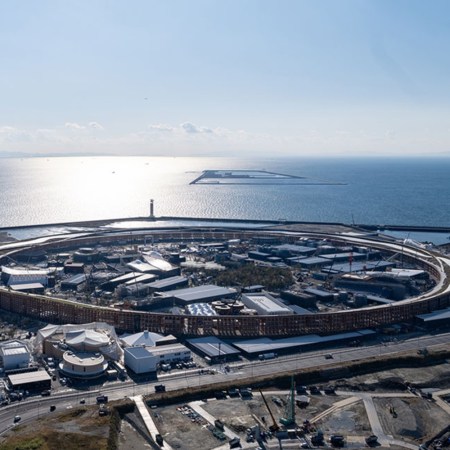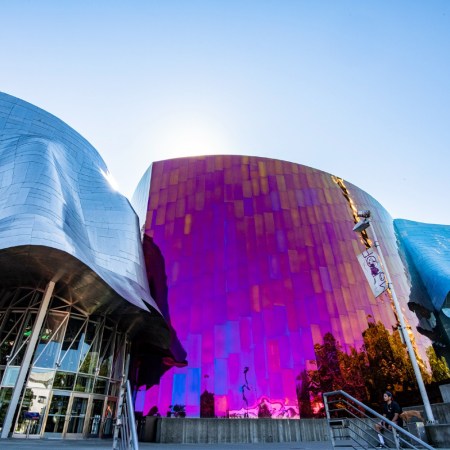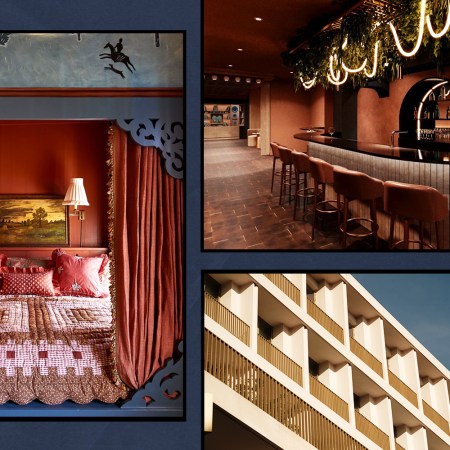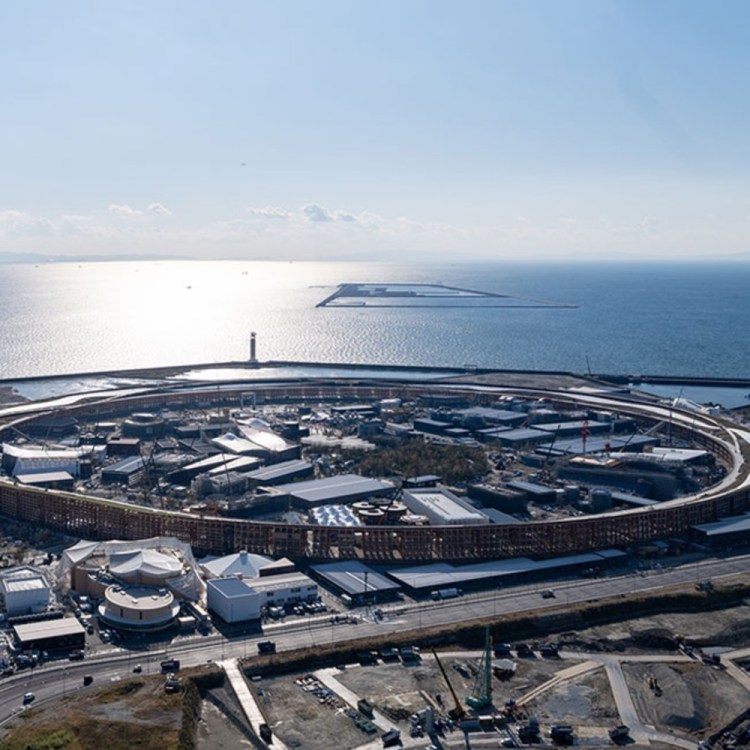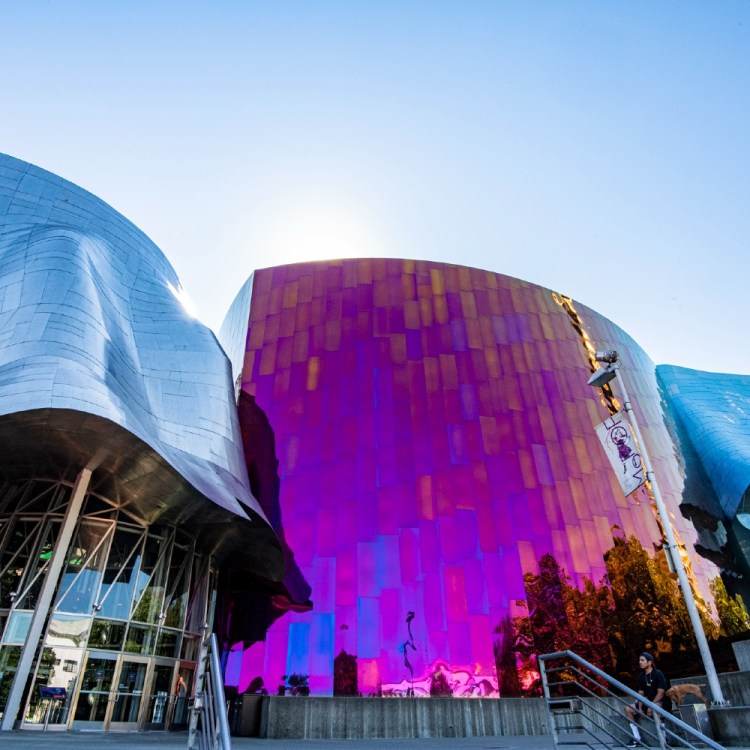When you first think of a room, what comes to mind? What about when you first think of an immaculately-designed room? For as long as humanity has lived indoors, the concept of what makes a great room has been in a state of constant flux, with a handful of breakthrough moments altering the very fabric of the way people live and work.
Now, at T Magazine, a panel sat down to explore the 25 most influential rooms in history. Composed of Tom Delavan, Toshiko Mori, Daniel Romualdez, Suzanne Slesin, Gabriel Hendifar and Simon Watson, the panel delved into the history of architecture and design, and found some unexpected themes and influences over the course of their discussion.
What did they discover? Their list is a blend of the (understandably) familiar and the unexpected; the result is a fantastic overview of great design.
Longevity Plays a Part
The first two picks on the list? Stonehenge and the Parthenon. Not to be outdone, Kyoto’s Shokin-tei tea pavilion also makes an appearance, with the panel citing “its unexpected modernity.” Stonehenge might come as a surprise to some readers, but its continuing influence on contemporary design is hard to deny. A 2017 article in Fast Company explored a structure in Colorado called the Sunset Pavilion, which took a similar approach to interacting with the natural world as Stonehenge. And another roundup from 2009 explored a host of structures around the world which have been influenced by Stonehenge, showcasing innumerable variations on a memorable theme.
Literary Connections Abound
Does a proximity to great literature inspire great design? That’s certainly one thing you could take from this list: both the Bloomsbury Group’s study and the Sainte-Geneviève Library are represented. Journalist Suzanne Slesin notes that the Bloomsbury Group’s rooms “also represent a coming together of all the arts in a place and time that, although it has passed, is very current in terms of how people engage with design.” And it echoes this profile of Bloomsbury Group member Virginia Woolf, who took aesthetic inspiration from the work of painters.
One Room Never Existed
Near the end of Stanley Kubrick’s 2001: A Space Odyssey, protagonist Dave Bowman lies dying in a lushly adorned room somewhere beyond the reach of time and space. That room is perhaps the most left-field choice on the list, given that it’s not actually…real. But Stanley Kubrick’s influence on architecture and design is well-documented: ArchDaily explored his use of interior spaces in 2014, and a recent Financial Times article discussed a Kubrick-themed exhibit at the Design Museum in London.
The Importance of a Sense of Scale
Sometimes, an overwhelming space can leave its mark as well. The Philippe Starck-designed lobby for the Delano Hotel in Miami Beach, with its massive columns and high ceilings, as well as Mies van der Rohe’s work on Berlin’s Neue Nationalgalerie, both made the list. Given the scale and scope of these spaces, it isn’t hard to see why. Turns out the Neue Nationalgalerie also makes an excellent backdrop for a Kraftwerk concert, which is never a bad thing.
Subscribe here for our free daily newsletter.
Thanks for reading InsideHook. Sign up for our daily newsletter and be in the know.

